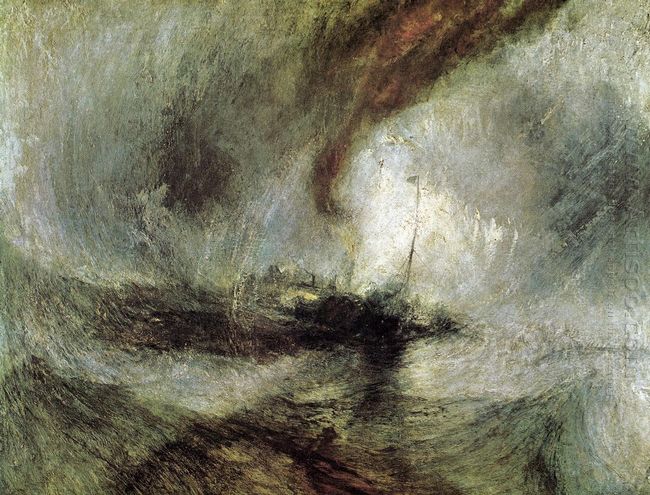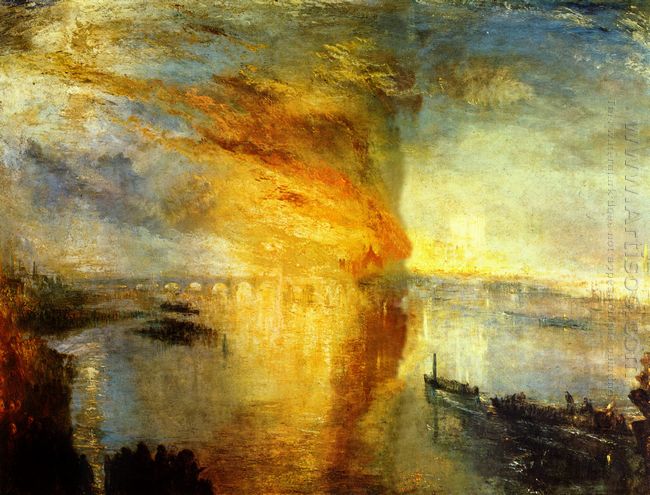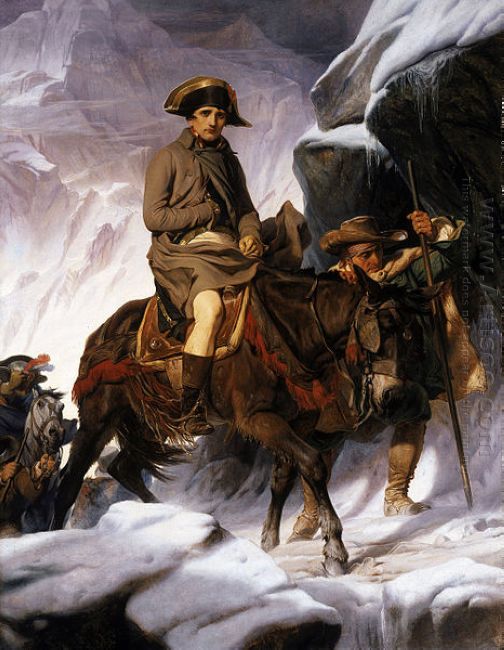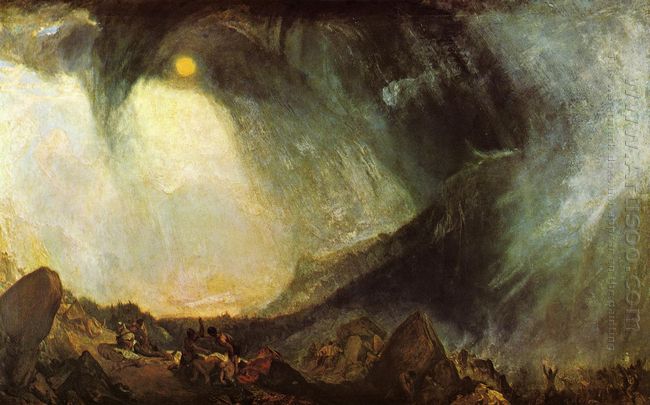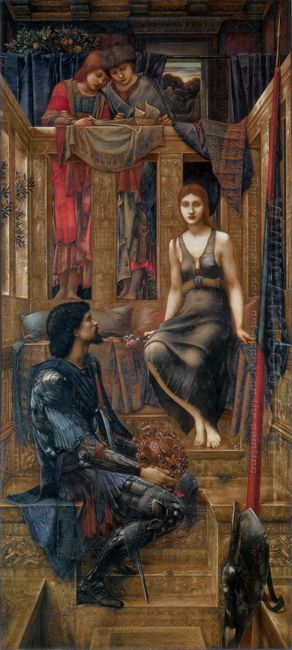The Last Day of Pompeii is a masterpiece of Russian artist Karl Pavlovich Bryullov who is regarded as a key figure in transition from the Russian neoclassicism to romanticism. After graduation from the Imperial Academy of Arts, Bryullov left for Italy for further study. And in 1828, he visited the site of Pompeii which was ruined by Vesuvius eruption in AD 79, and he was marveled at the stirring scene, inspiring him to paint this artwork. It took Bryullov 6 years to finish The Last Day of Pompeii, and along with its accomplishment and exhibition there came rapturous reviews. It’s the first Russian artwork to arouse such an interest abroad and brought great reputation to Bryullov and Russia.
In The Last Day of Pompeii, Bryullov depicted a stirring moment when disaster falling on Pompeii, buildings are falling down, statues are crashing, and people are panic and trying to run away with crazy and desperate faces. Bryullov employed dramatic and exaggerate treatment in it, and use chiaroscuro and the comparison of bright and dark red color to show the lighting and thunder when ash and gas erupted out of the volcano. All of these strengthen the tragic and solemn emotion expressed by the paint. However, Bryullov created a scene not full of fear, but expressed great and noble emotion between human out of misery. Under the threat of death, they are terrifying and struggling while still remember to help each other, on the left side of the painting, a mother is hugging her family, right to them is a young family, that a mother is running while covering her children and her husband is protecting them behind, on the right side, two people are carrying an old man, and a young man is helping to pull up an old man who is falling down, etc. This tragic atmosphere is a reflection of the Russia society at that time. Bryullov clearly showed the dark period in the artwork, but he also want to express that though desperate, people would still fight with the fate with moral spirit.









